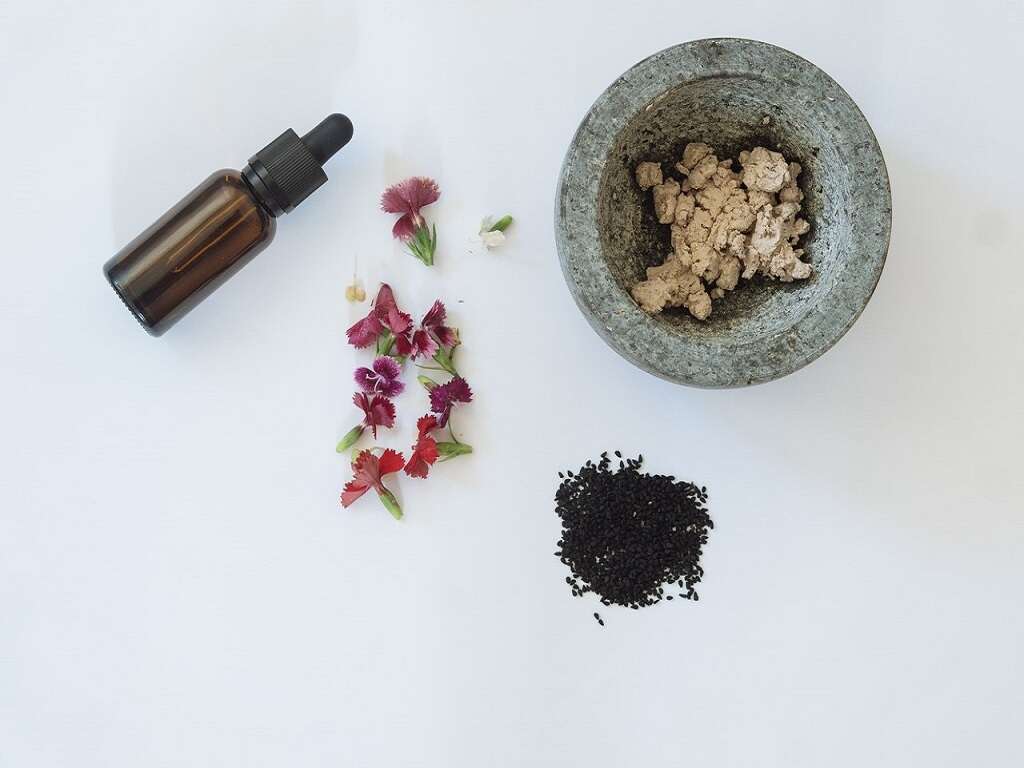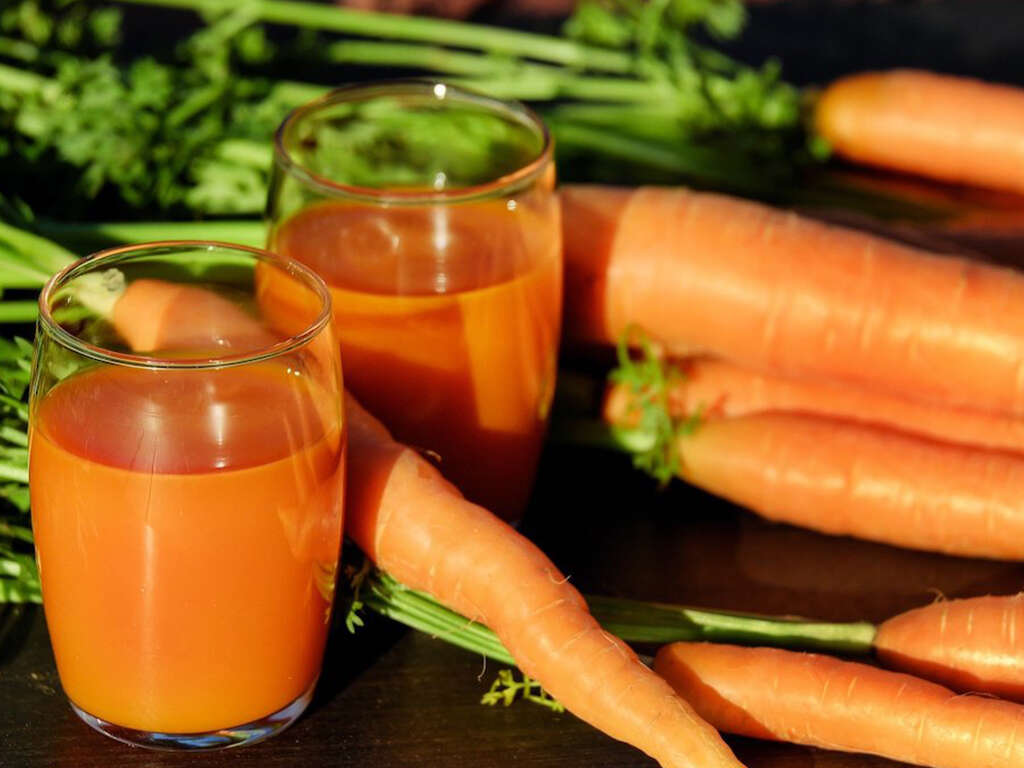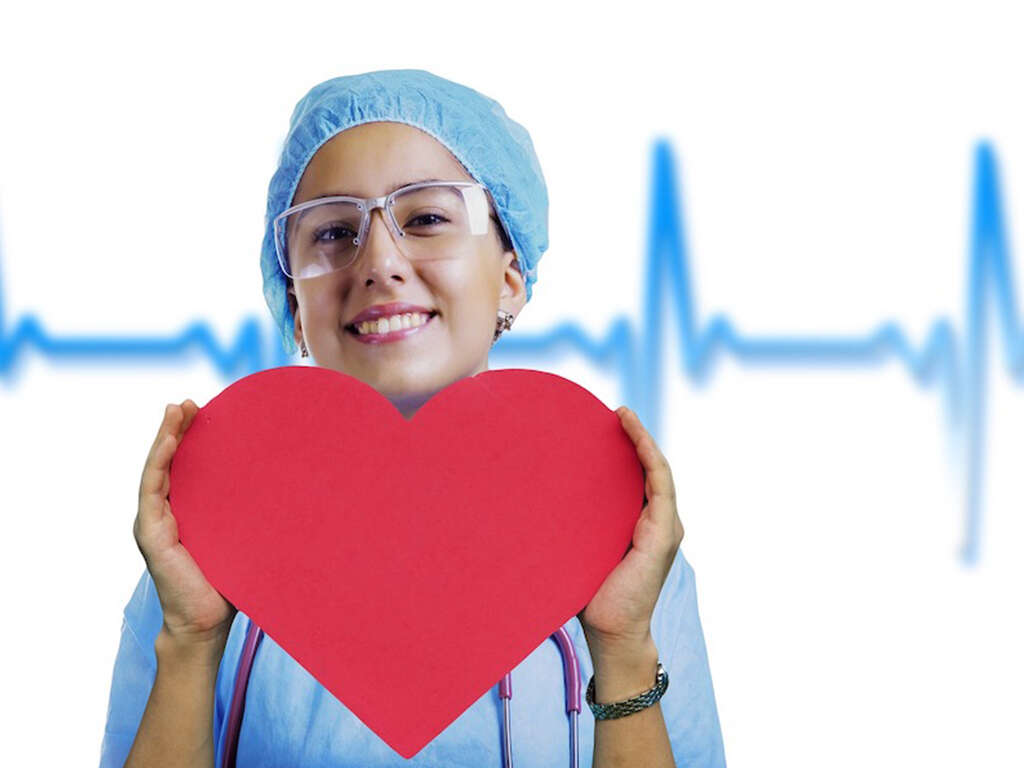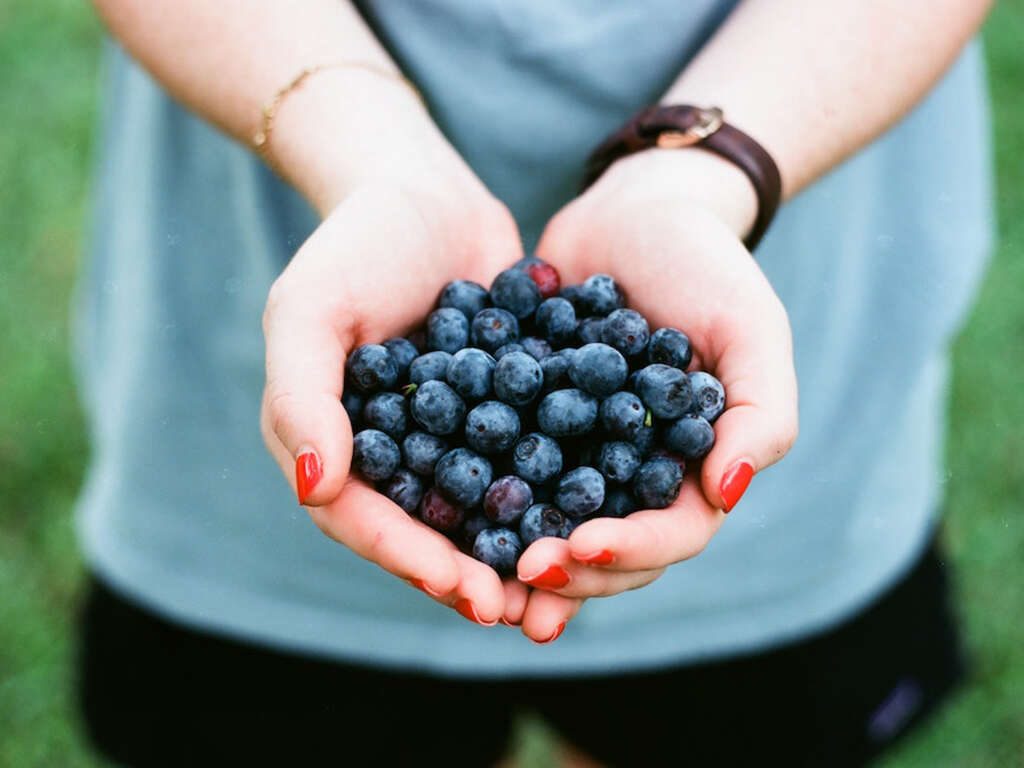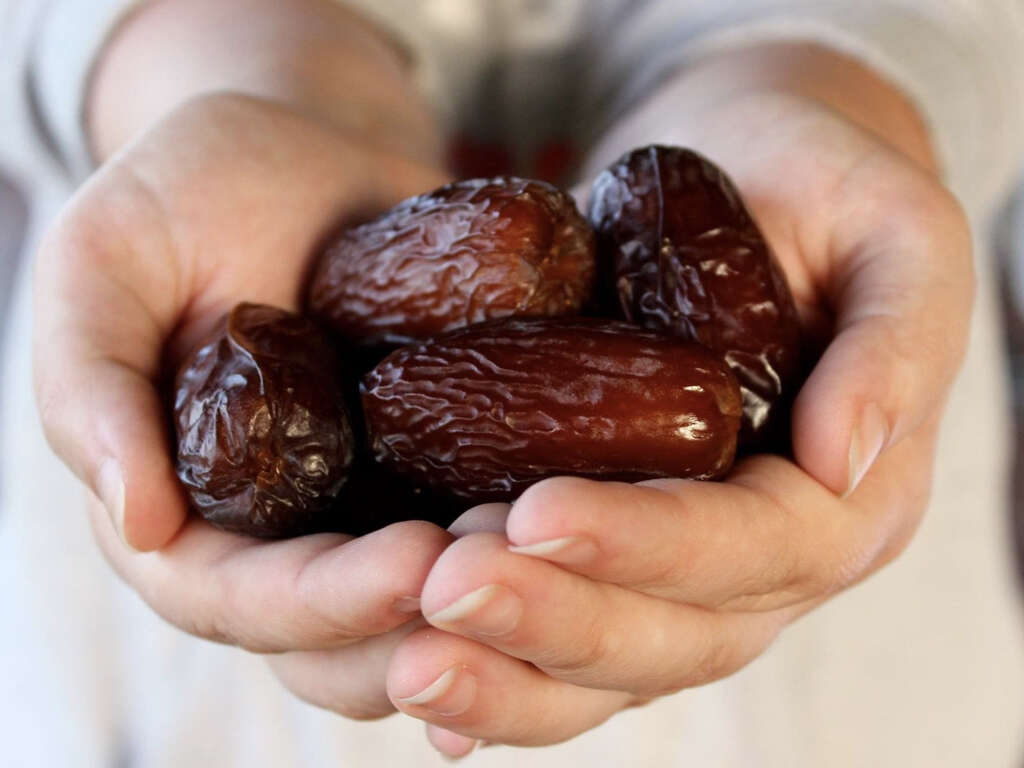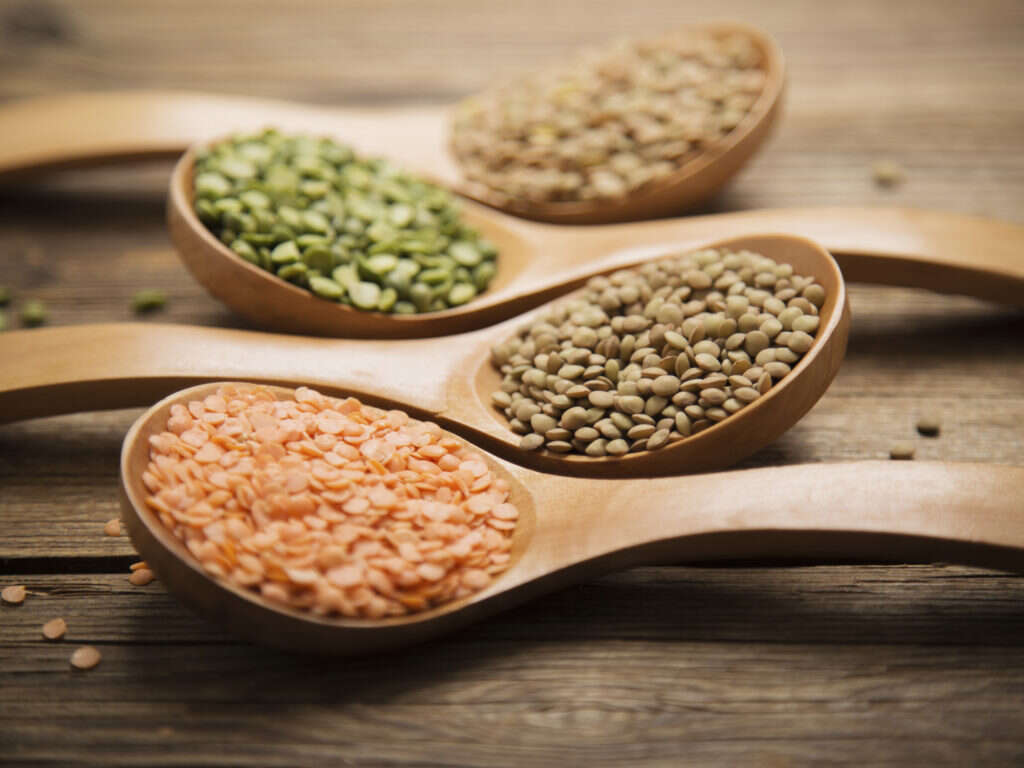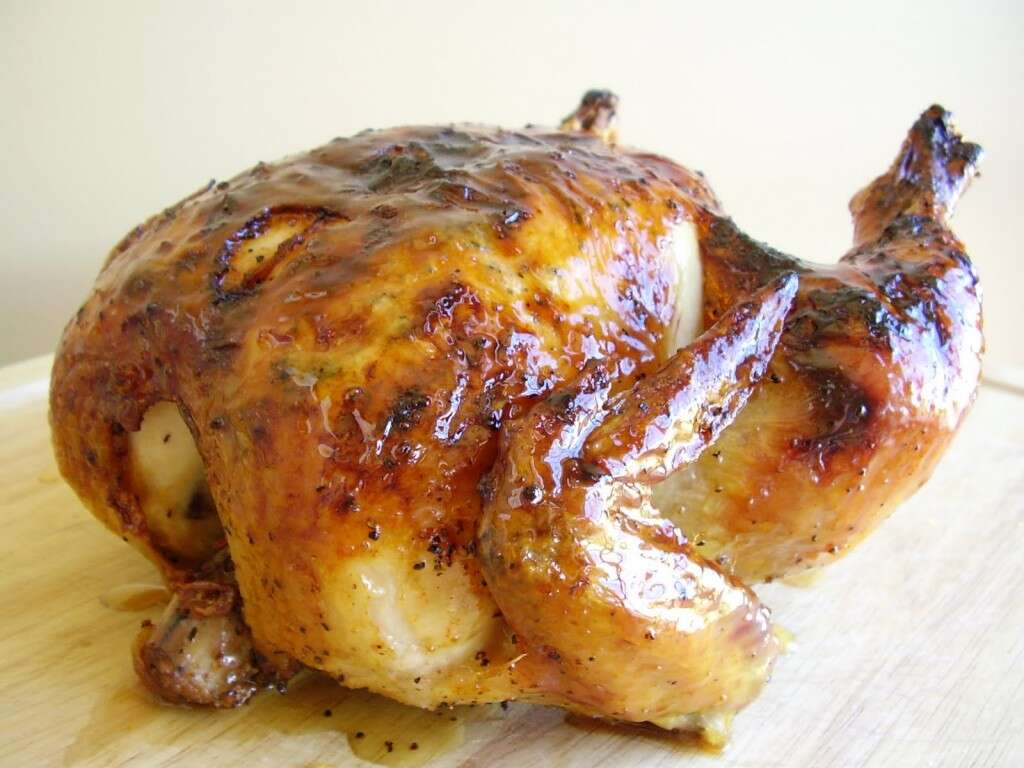10 High-Protein, Low-Fat Foods
 Article Sources
Article Sources
- 1. PD;, Johnston CS;Tjonn SL;Swan. ‘High-Protein, Low-Fat Diets Are Effective for Weight Loss and Favorably Alter Biomarkers in Healthy Adults' The Journal of Nutrition, U.S. National Library of Medicine, pubmed.ncbi.nlm.nih.gov/14988451/.
- 2. Bazzano, L A, et al. ‘Non-Soy Legume Consumption Lowers Cholesterol Levels: a Meta-Analysis of Randomized Controlled Trials.' Nutrition, Metabolism, and Cardiovascular Diseases: NMCD, U.S. National Library of Medicine, Feb. 2011, www.ncbi.nlm.nih.gov/pmc/articles/PMC2888631/.
- 3. MA;, Desai NT;Shepard L;Drake. ‘Sensory Properties and Drivers of Liking for Greek Yogurts.' Journal of Dairy Science, U.S. National Library of Medicine, pubmed.ncbi.nlm.nih.gov/24404579/.
- 4. Ros, Emilio. ‘Health Benefits of Nut Consumption.' Nutrients, MDPI, July 2010, www.ncbi.nlm.nih.gov/pmc/articles/PMC3257681/.
- 5. 'Your Guide to the Leanest Cuts of Beef.' Mayo Clinic, Mayo Foundation for Medical Education and Research, 29 Oct. 2019, www.mayoclinic.org/healthy-lifestyle/nutrition-and-healthy-eating/in-depth/cuts-of-beef/art-20043833.
Protein is a macronutrient necessary for many functions in the body. Proteins are made from amino acids, which are responsible for the growth and repair of all tissues, along with forming hormones and enzymes.
Fats, however, provide more calories than proteins. Generally speaking, it's recommended that the intake of fats is limited to allow for a well-balanced diet. High-protein diets with with low carbs and moderate amounts of fat have higher success rates because higher protein intake leads to feeling full longer and reduces hunger.1PD;, Johnston CS;Tjonn SL;Swan. ‘High-Protein, Low-Fat Diets Are Effective for Weight Loss and Favorably Alter Biomarkers in Healthy Adults’ The Journal of Nutrition, U.S. National Library of Medicine, pubmed.ncbi.nlm.nih.gov/14988451/. We've rounded up the 10 best high-protein, low-fat foods that can be included into a daily diet today.
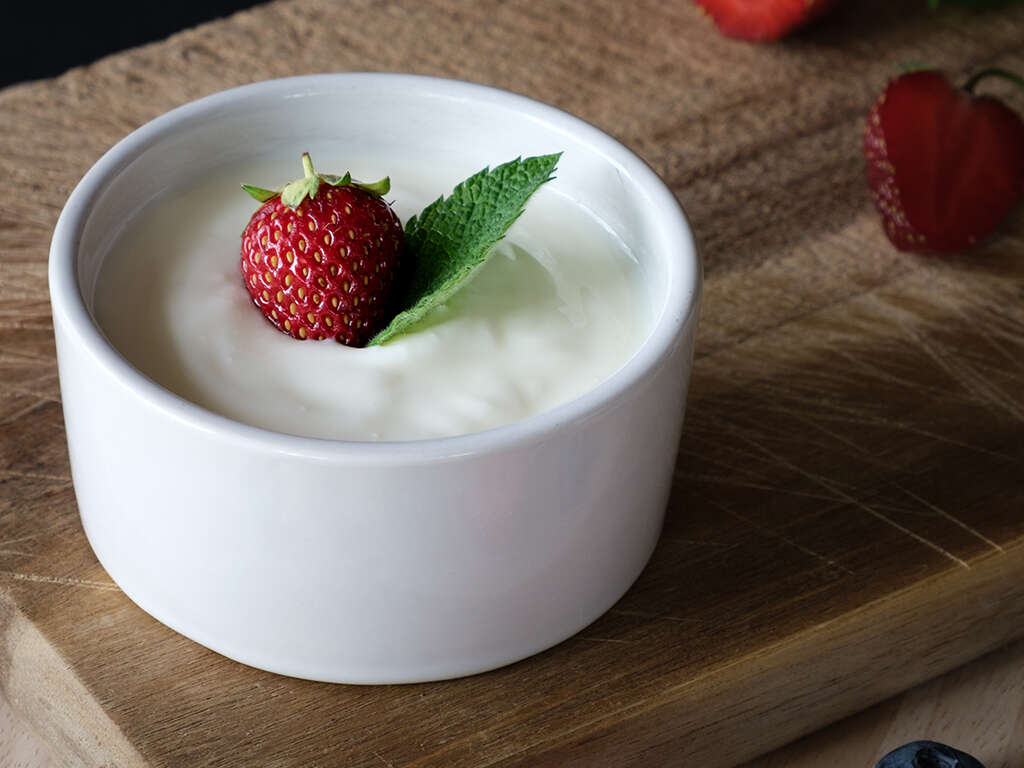
1. Beans and Legumes
Beans and legumes including all lentils, dried beans and split peas are a significant source of plant-based protein. These plant proteins have plenty of fibers and other nutrients to keep one fuller longer. This makes them a great addition to dieters looking to lose weight with the added benefit of lowering LDL (bad) cholesterol.2Bazzano, L A, et al. ‘Non-Soy Legume Consumption Lowers Cholesterol Levels: a Meta-Analysis of Randomized Controlled Trials.’ Nutrition, Metabolism, and Cardiovascular Diseases: NMCD, U.S. National Library of Medicine, Feb. 2011, www.ncbi.nlm.nih.gov/pmc/articles/PMC2888631/.
They can be added to a fresh salad or a steamed vegetable course to create a satisfying, well-balanced meal. Just four servings per week can reduce the risk of heart disease, making this food not only good for dieting to lose weight and a high-protein choice but fantastic for general health.
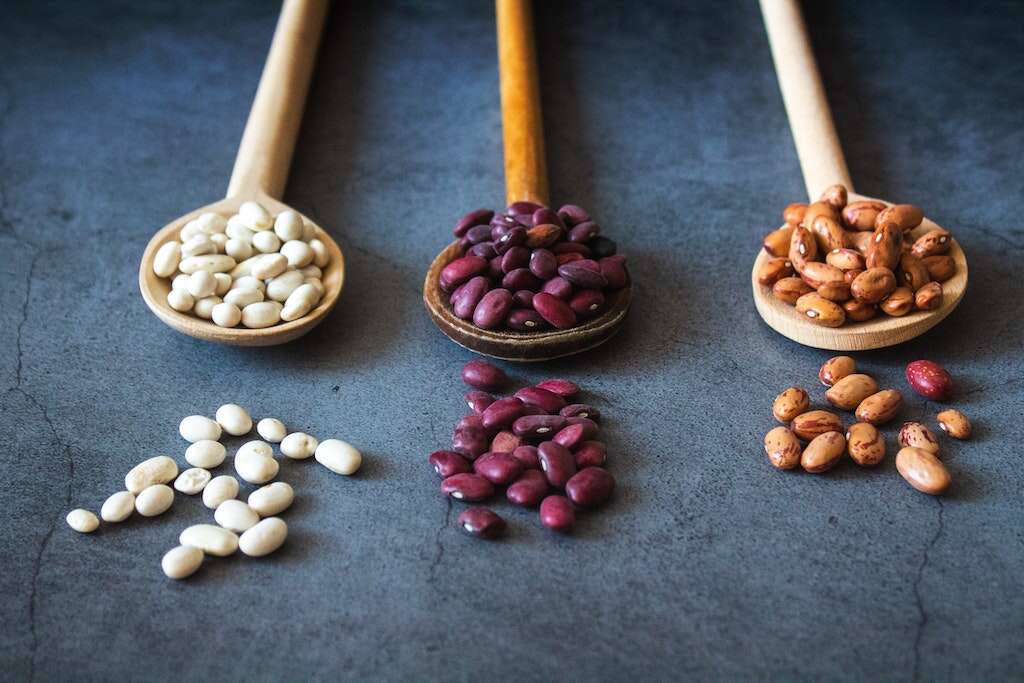
2. White-Fleshed Fish
White-fleshed fish such as cod, haddock, flounder and tilapia, as well as other white-fleshed fish, are all lean choices of animal protein. These white fish contain omega-3 fatty acids, which is a healthy source of fat, making them a beneficial addition to a healthy diet.
Adding fish to a diet can be a great way to reduce calorie intake while still getting the lean protein to curb hunger. The bonus is getting those omega-3 fats that make this a heart-healthy choice.

3. Plain Greek Yogurt
Creamier and thicker than regular yogurt, plain Greek yogurt packs between 15 and 20 grams of protein per serving.3MA;, Desai NT;Shepard L;Drake. ‘Sensory Properties and Drivers of Liking for Greek Yogurts.’ Journal of Dairy Science, U.S. National Library of Medicine, pubmed.ncbi.nlm.nih.gov/24404579/. This is because of the way it's made. Greek yogurt goes through a straining process to remove the liquid whey, resulting in a concentrated product with more protein.
There are non-fat and low-fat Greek yogurt options that are available when determining a diet plan. Opting for plain over the ones with fruit already added can save calories as well.
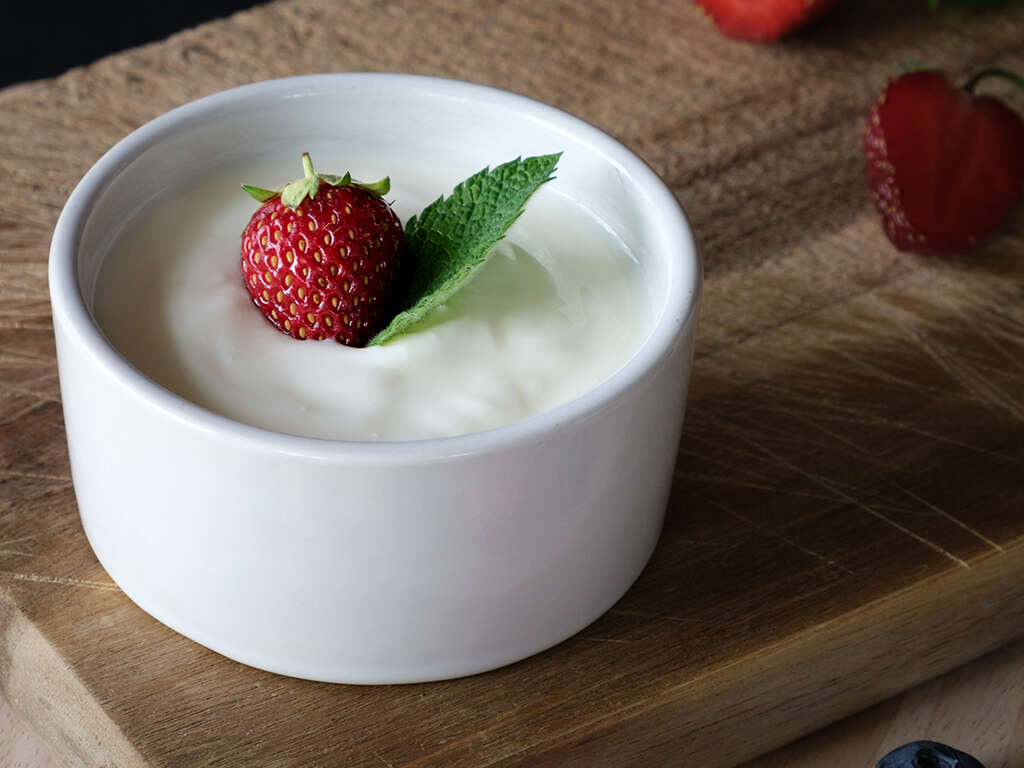
4. Egg Whites
When choosing to just use the egg white, 67 percent of the protein from the egg is still consumed with none of the fat. When leaving out the yolk (and the fat contained in it), this leaves 7 grams of protein at only 17 calories for every standard large egg white.
The protein found in egg whites is high quality and complete. That means it contains all nine essential amino acids in just the right amount for a body to function at its best.
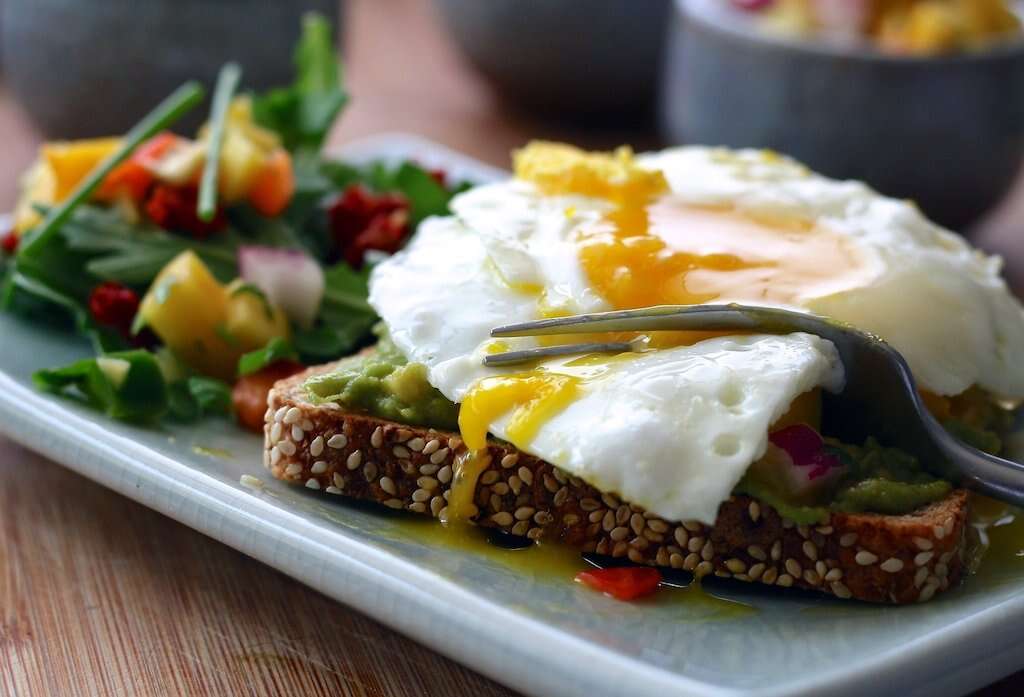
5. Fat-Free or Low-Fat Cheese
Cheese is full of proteins, vitamins and minerals, all of which are essential nutrients needed throughout the day. People looking for fat-free and low-fat options should take care to read the labels because cheese typically contains high amounts of fats.
Low-fat cheeses can range from 2-11 grams in protein per serving. It's important to take personal tastes in mind when comparing the varieties available at the local supermarket. Low-fat cottage cheese can offer 13 grams of protein and only 1gram of fat.

6. High-Protein Vegetables
High-protein vegetables can be an excellent source of plant-based protein. Vegetables like broccoli and Brussels sprouts pack more proteins than others. These vegetables are naturally fat-free and a great addition to a diet. There are about 3 grams of protein from each cup of these greens.
Fresh vegetables are great sources of not only proteins, but vitamins, too (canned and cooked vegetables lose some of the vitamins, especially B and C vitamins). If fresh isn't available or the ease of canned and frozen vegetables is preferred, the protein is still there.
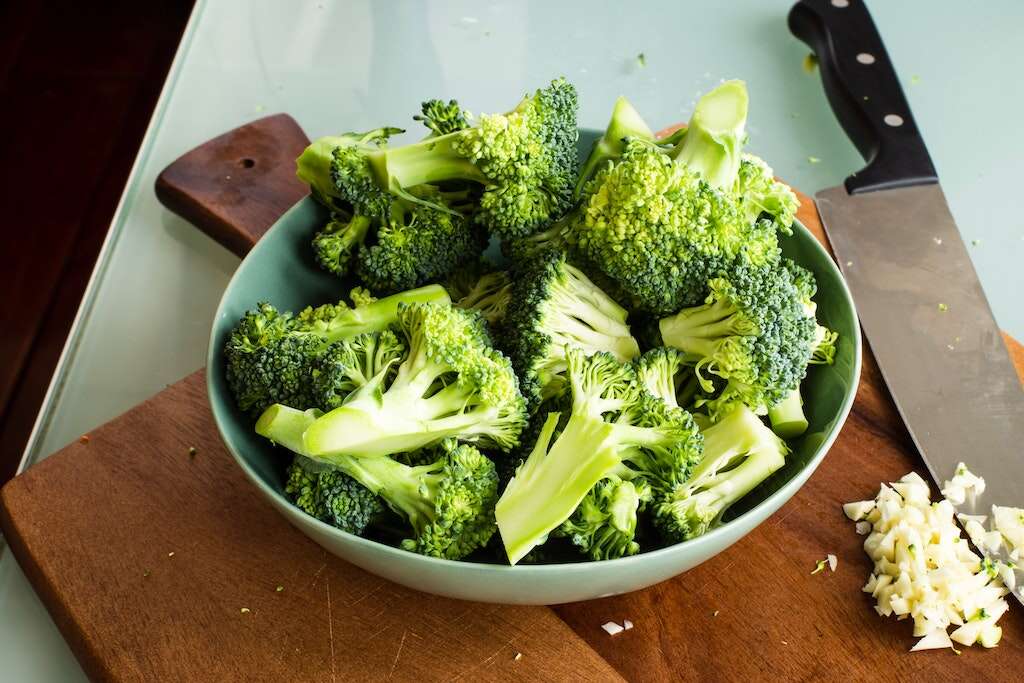
Skim or Low-Fat Milk
Skim or low-fat milk can be used to cook with or drunk for an easy protein source. Replacing whole milk with a skim or low-fat option can save on calories and fats. All types of cows' milk generally carry the same 8 grams of protein per standard 8-ounce serving.
Milk is an excellent choice for protein and making a household change to go from whole milk to skim or low-fat milk can increase weight loss and round out a balanced diet.
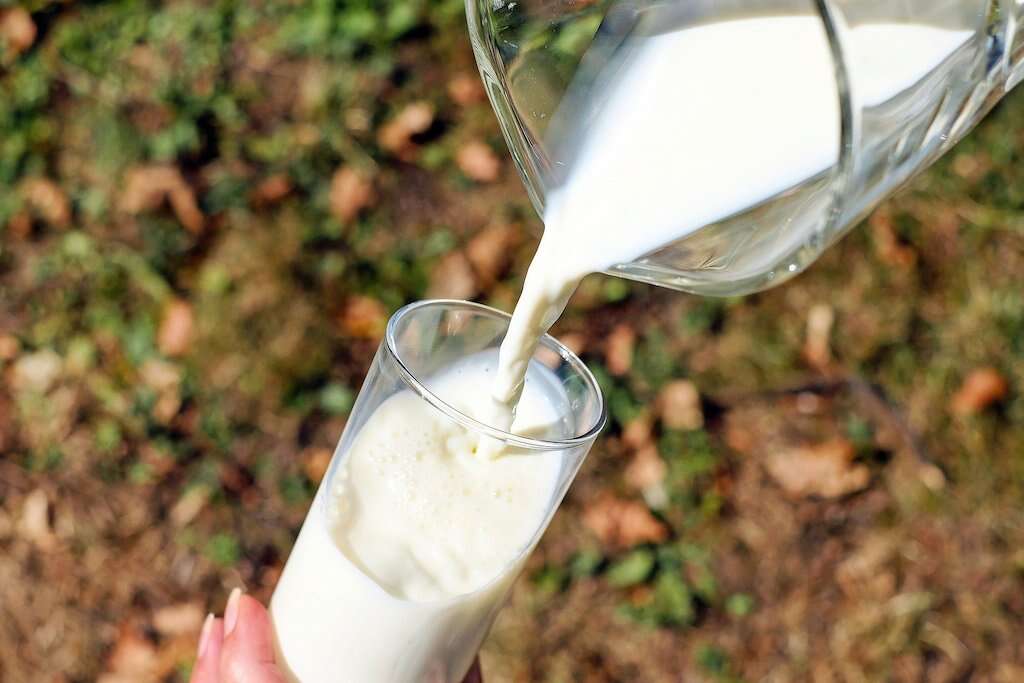
8. Skinless White-Meat Poultry
Lean turkey and chicken are also great choices for high-protein, low-fat dieters. Skipping the skin and the dark meat cuts like drumsticks and thighs can save calories and fats. White meat includes the breast and breast tenderloins.
In one 100-gram serving of chicken or turkey breast there are 30 grams of protein. Making sure to leave out the skin can be an even bigger benefit to cut out fat without losing any protein.
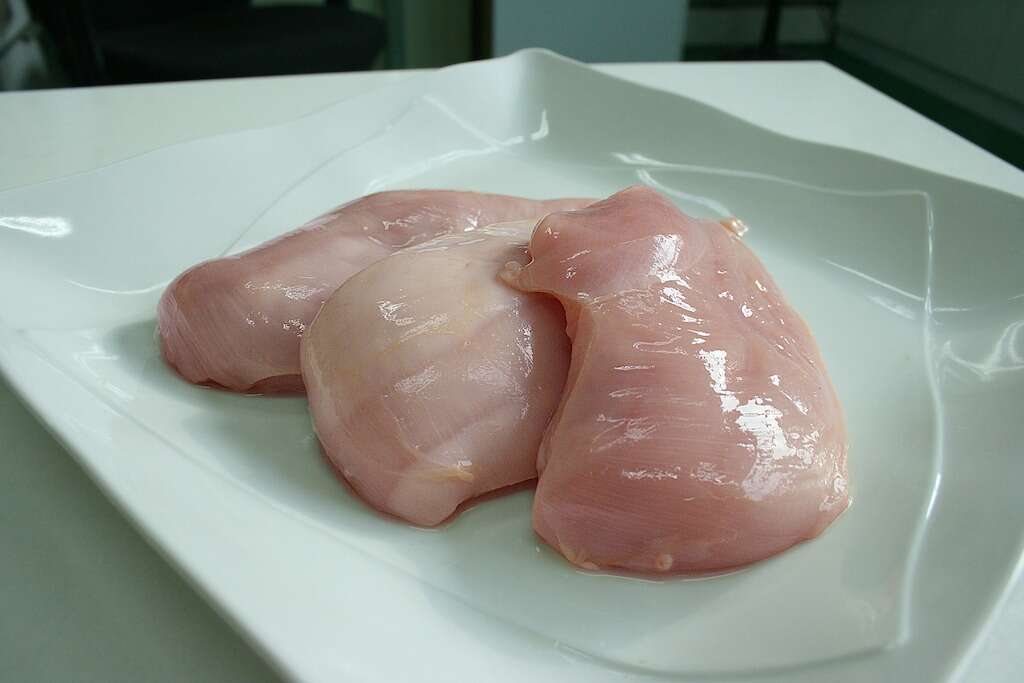
9. Nuts and Seeds
Nuts are packed with nutrients like magnesium, folate and dietary fiber. Nuts like walnuts and almonds are a great source of protein at 6 grams per serving. Pistachios and cashews have lower amounts of fat compared with other nuts and seeds.4Ros, Emilio. ‘Health Benefits of Nut Consumption.’ Nutrients, MDPI, July 2010, www.ncbi.nlm.nih.gov/pmc/articles/PMC3257681/.
A serving size of seeds like pumpkin seeds and pistachios can increase protein intake by 8 grams and have just 2 grams of fat. That makes either choice a healthy addition to any diet. Plus the fiber they provide can help people feel full longer.
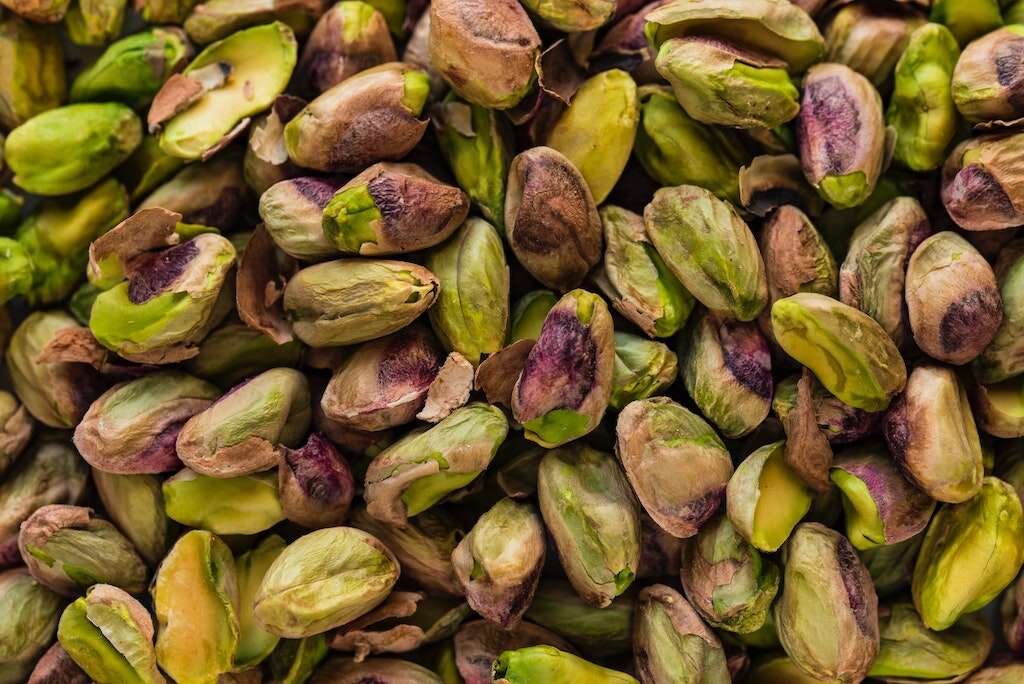
10. Lean Beef
Low fat diets may suggest reducing or even eliminating beef, because it has higher amounts of fat compared with poultry. However, beef is a great source of proteins. Words on packaging to look for include round or loin. Examples are sirloin, tenderloin and round steaks or roasts.5‘Your Guide to the Leanest Cuts of Beef.’ Mayo Clinic, Mayo Foundation for Medical Education and Research, 29 Oct. 2019, www.mayoclinic.org/healthy-lifestyle/nutrition-and-healthy-eating/in-depth/cuts-of-beef/art-20043833.
When using ground beef, picking the one labeled 95% lean can be the best choice, providing 26 grams of protein and 6.5 grams of fat. Lean beef is also a source of B vitamins, zinc and selenium.



